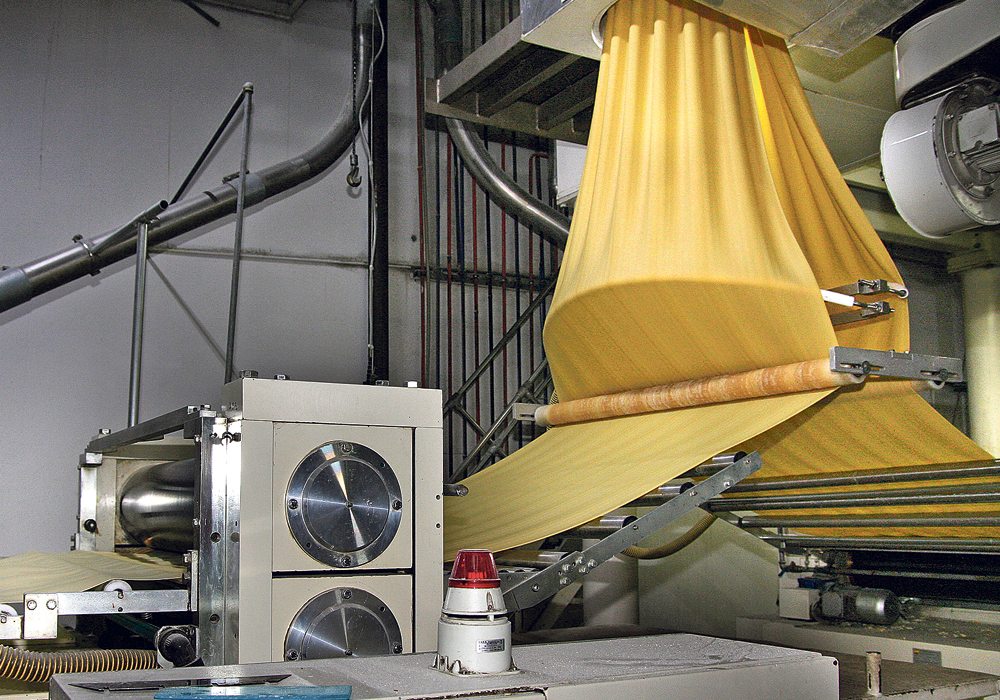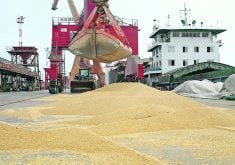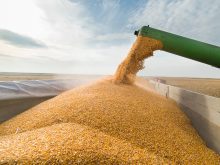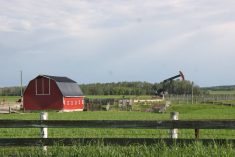Predicting durum acres is a more difficult task than usual this year, say analysts.
“There’s a few more variables at play,” said Jim Peterson, marketing director with the North Dakota Wheat Commission.
Lingering drought in the prime durum growing regions, Italy’s country-of-origin-labelling and India’s pulse crop tariffs are making forecasting more challenging.
Peterson’s best guess is that durum acres will be flat to 10 percent below last year’s levels in the United States.
Bruce Burnett, director of markets and weather with Glacier MarketsFarm, thinks Canadian acres will be up two to three percent.
Read Also
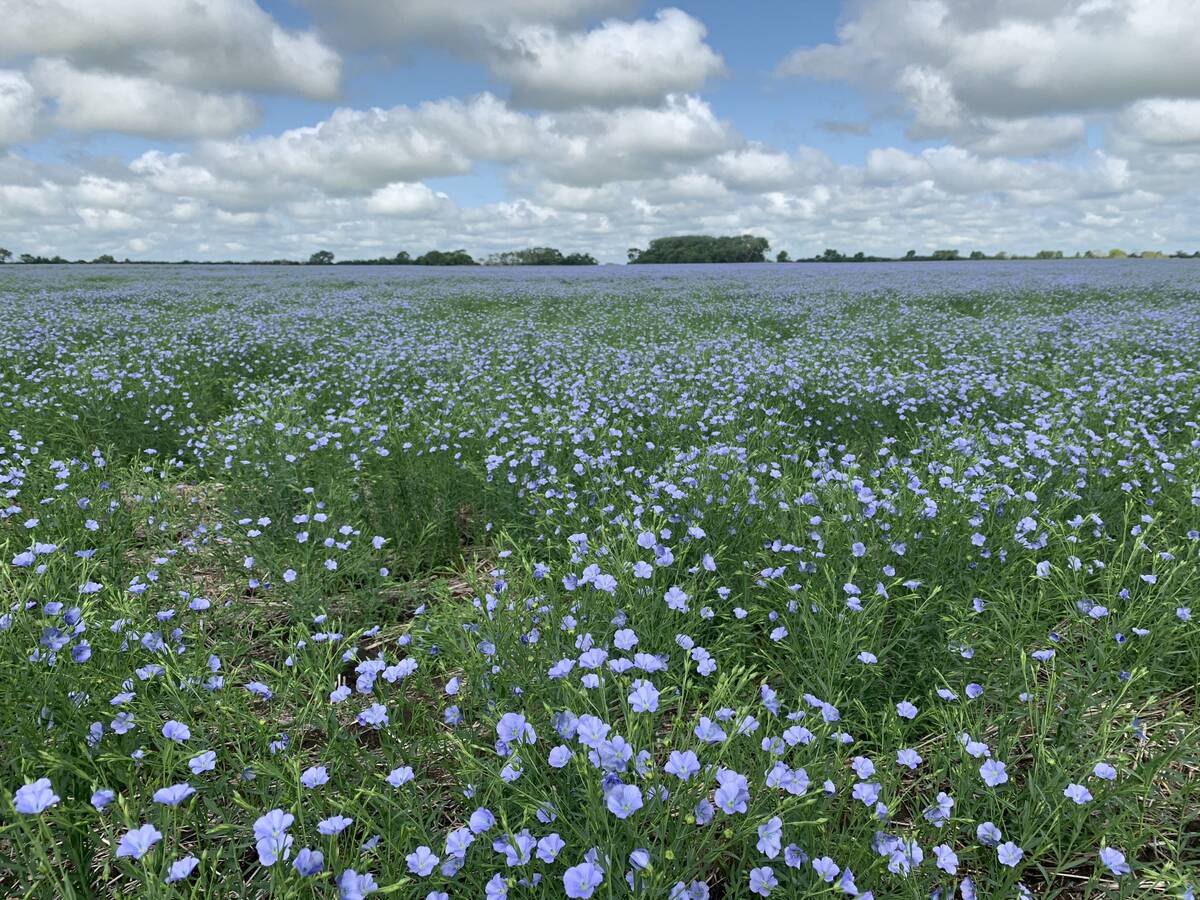
Flax sector sees omega-3 opportunity
SASKATOON — A global shortage of omega-3 oils could be an opportunity for the flax sector, says an industry official….
“Originally I thought it was going to be a lot more,” he said.
Burnett initially felt durum would pick up a lot of pulse acres. Agriculture Canada is forecasting a two million acre decline in peas and lentils, the result of India’s punitive import duties on those crops.
However, durum prices have been stagnant due to lacklustre demand from North Africa and the Mediterranean Basin, and that doesn’t entice growers to plant more of the crop.
It had been a dry winter growing season in that region of the world but recent rains have improved crop prospects and that is giving buyers pause.
The U.S. Department of Agriculture said heavy rainfall ranging from 30 to 100 millimetres during the Feb. 25 to March 3 period has boosted the fortunes of Morocco’s winter grain crops.
“Winter grain prospects in Morocco have rebounded considerably from historic autumn drought, and conditions for wheat and barley are currently good to excellent in most of the country,” the USDA said in its Weekly Weather and Crop Bulletin.
Recent rain also benefited crops in western Algeria and Tunisia as well as Italy, Spain, France and Greece.
“We’re not going to see a huge increase in demand from this region,” said Burnett.
Italy’s new country-of-origin-labelling law on pasta made from imported durum is having a profound impact on exports to what used to be Canada’s top market.
Sales to Italy for the first six months of the 2017-18 crop year were 283,300 tonnes, which is 39 percent below the same period a year ago, according to Canadian Grain Commission data.
However, what Canada has lost in sales to Italy it has more than made up for in increased exports to the United States, and that isn’t sitting well with American durum growers.
“The level of imports coming in is certainly causing some frustration and concern amongst growers,” said Peterson.
Canada sent 277,600 tonnes of durum south of the border during the first six months of the crop year, a 300 percent increase over the same period last year.
Peterson said U.S. millers are clamouring for Canadian product because it is cheaper and of outstanding quality this year compared to U.S. product, which is having problems achieving hard vitreous kernels thresholds.
Another contributing factor was that the drought hit the U.S. durum growing region earlier than it did in Canada, which means Canadian growers were more willing to forward sell their durum in August and September than their American counterparts.
Peterson believes durum will lose ground to spring wheat in North Dakota. Earlier this winter he was forecasting as much as a 10 percent increase in spring wheat plantings in the state but now thinks it will be closer to five percent.
He thinks durum acres in northwestern North Dakota will be unchanged to down five percent, while plantings in the southwest could fall 10 to 15 percent because of frustrations over grading factors.
Some industry officials think durum plantings will be up in northeastern Montana because there are fewer crop options such as soybeans and canola. However, Peterson doesn’t buy that because there were record plantings in the state last year.
Burnett said U.S. durum acres might not drop as much as some people think because durum crop insurance prices are at a healthy premium to spring wheat.
Both analysts say a lot still hinges on how the winter crops in Europe and North Africa turn out.
“I’m still optimistic we’ll catch some kind of rally here before planting,” said Peterson.


